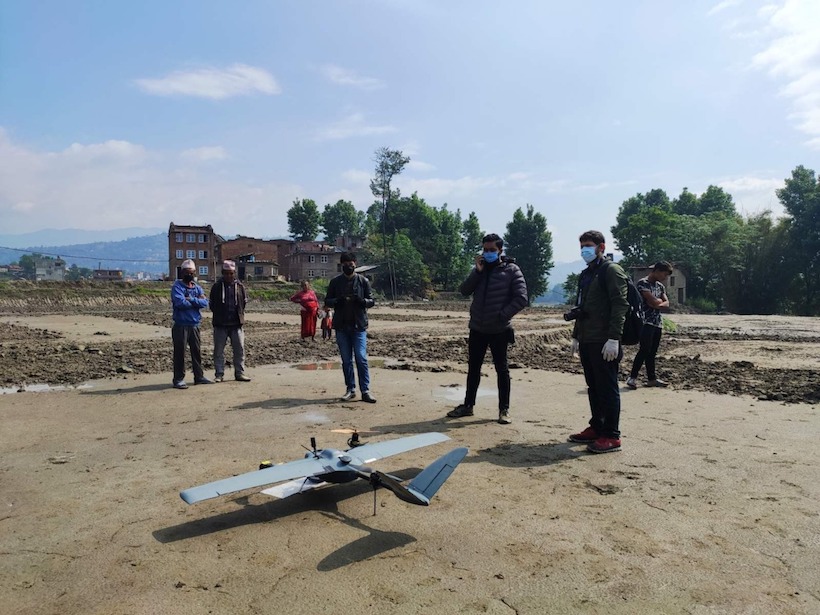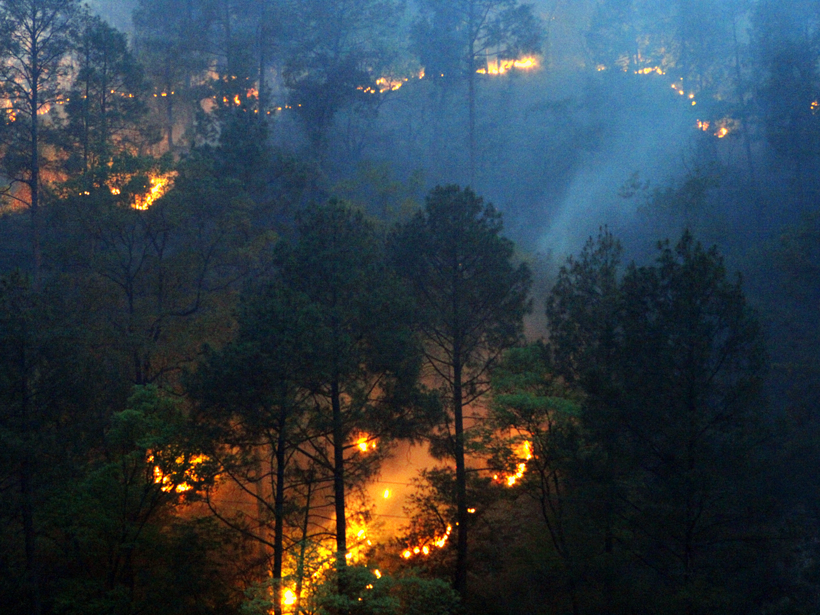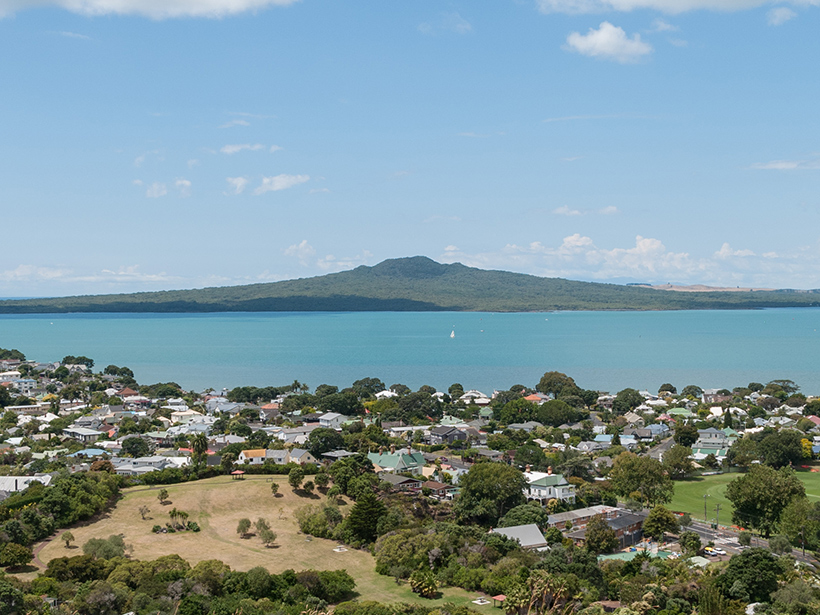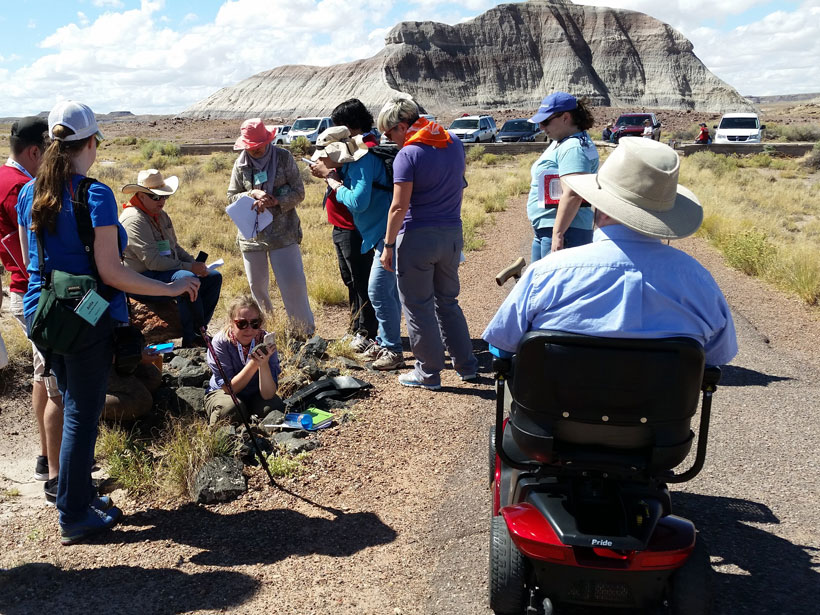For some educators, restrictions imposed by COVID-19 created space for innovation and affirmed the value of online tools and learning environments for increasing access to and engagement with science.
COVID-19
Reimagining the Colorado River by Exploring Extreme Events
Workshops exploring environmental, social, and political scenarios to prepare for negotiating new Colorado River water management guidelines took on added realism when the COVID-19 pandemic started.
Can Climate Preparedness Mitigate Emerging Pandemics?
Indonesians say being prepared for climate-related disasters helped blunt the impact of the coronavirus pandemic—and that lessons in resilience may mitigate the effects of climate crises in the future.
Birds Sang a New Song During the Pandemic
White-crowned sparrows in the San Francisco Bay Area sang differently during California’s COVID-19-induced shutdown, recordings have revealed.
Fibers Pick Up Silicon Valley Traffic Changes During Quarantine
Fiber-optic cables measured a 50% decline in Sand Hill Road traffic in March.
COVID Clears the Skies for Earth-Observing Drones in Nepal
When the pandemic hit Nepal and the country’s main airport drastically cut flights, a group of drone experts, local governments, and scientists saw a once-in-a-lifetime opportunity to gather geodata.
Podcast: The Unusual Relationship Between Climate and Pandemics
Two recent studies show how climate affects human pandemics and how pandemics, in turn, alter the environment.
COVID-19 Lockdown Reduces Forest Fires in the Western Himalayas
The overlap between peak fire season and pandemic response has made for a serendipitous experiment in forest fires in two Indian states. Humans, not lightning, seem to be the likeliest culprit.
The Seismic Hush of the Coronavirus
Scientists are listening for faint natural signals during the quiet of coronavirus lockdowns.
Accessibility and Fieldwork in the Time of Coronavirus
Fieldwork in the geosciences is increasingly relying on groundwork laid by accessibility advocates.










